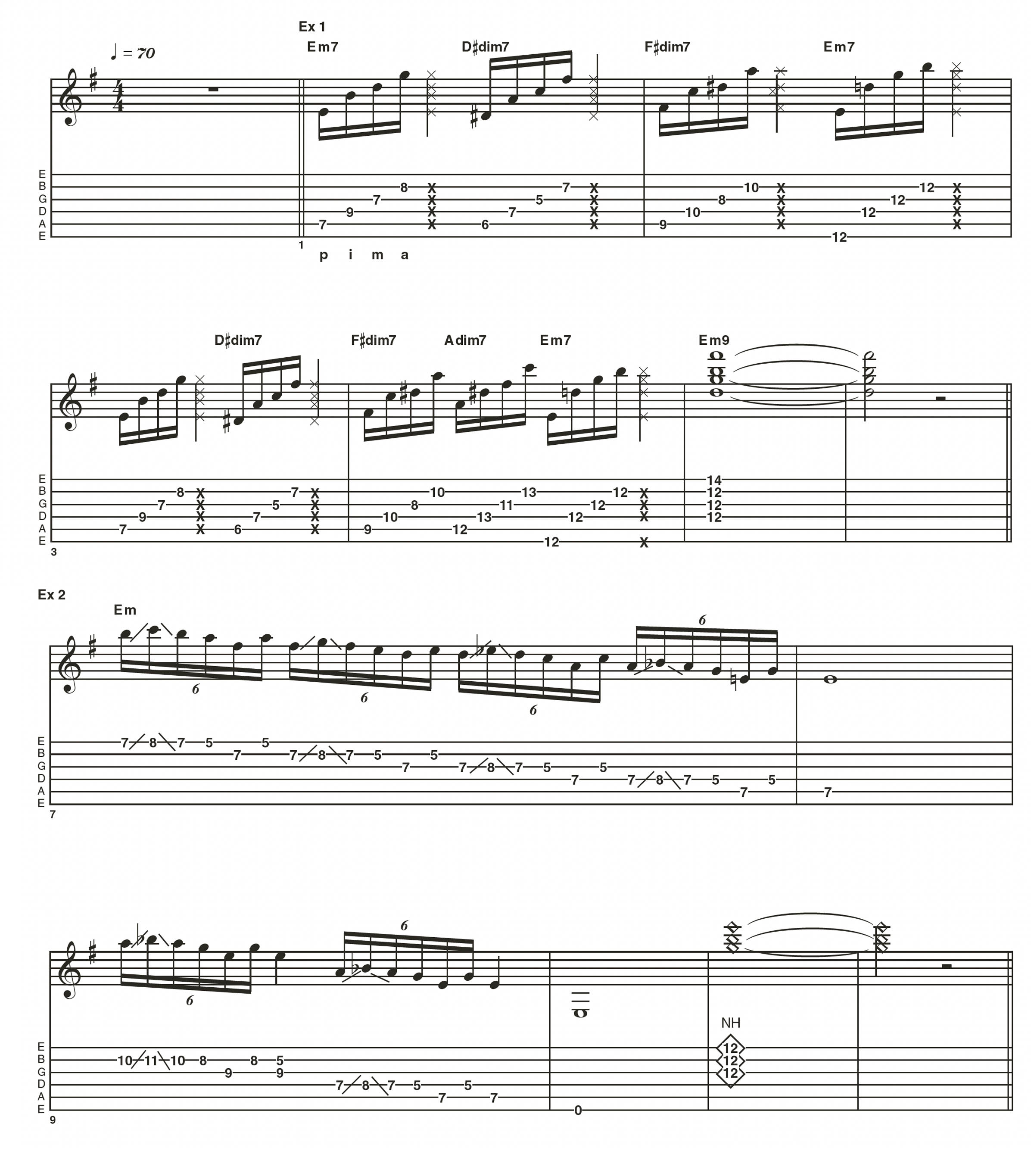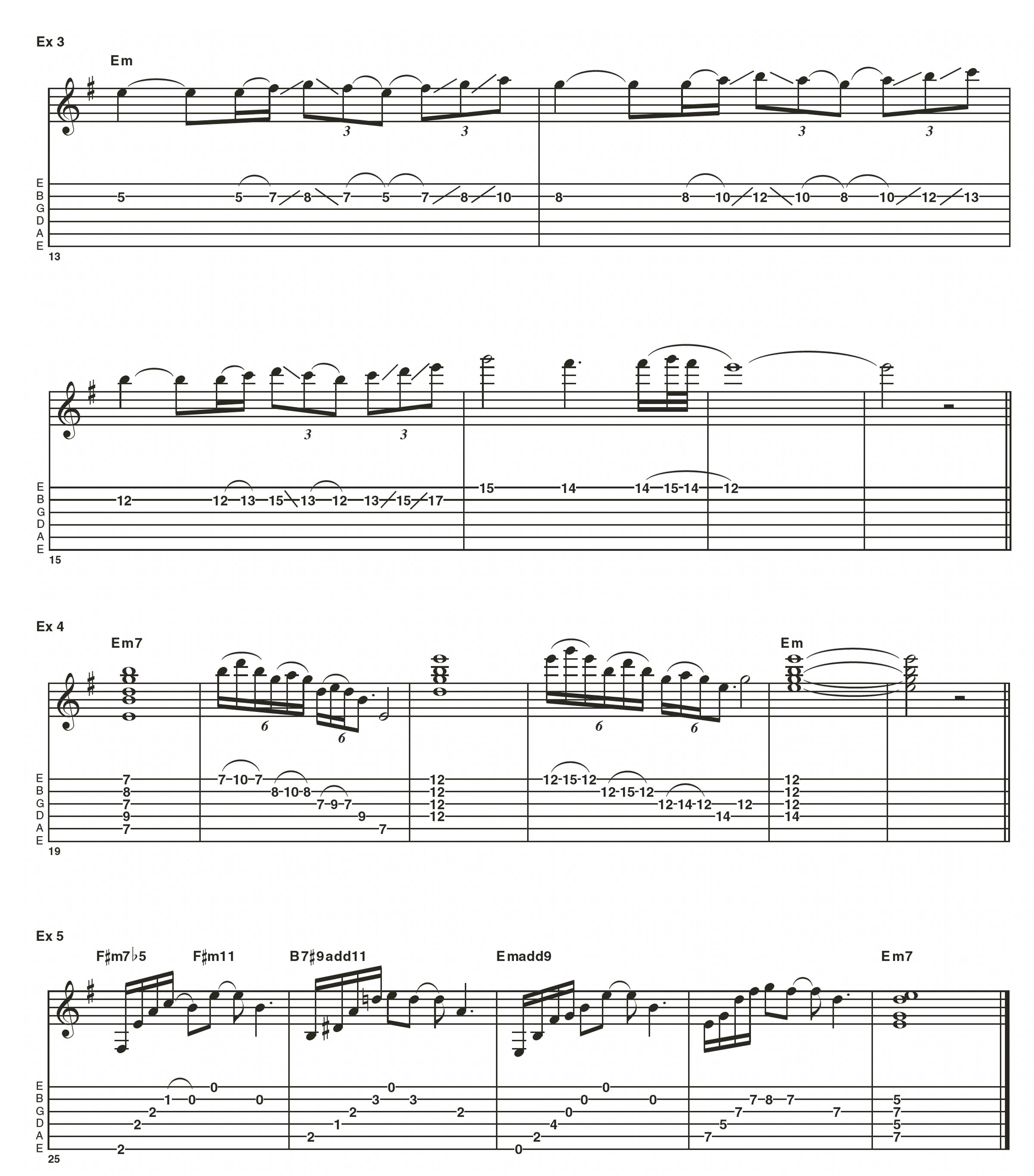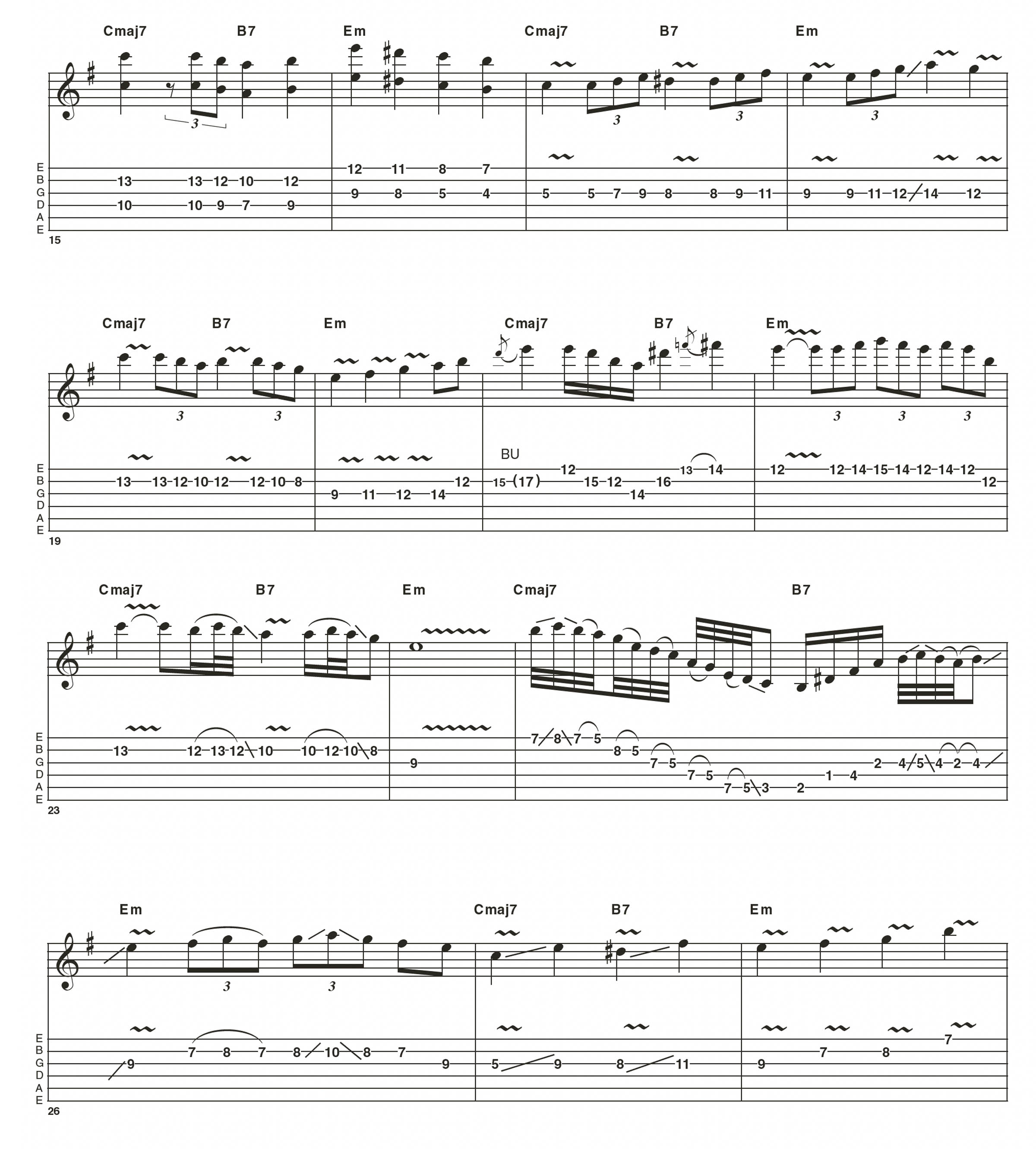How to play guitar like Melanie Faye
Learn to channel Faye's unique fingerstyle technique, which fuses jazz with R&B and neo-soul

At only 23 years old, Melanie Faye has a bright future ahead of her. With a background in jazz guitar from her studies at the Nashville School of the Arts, it was this experience, along with her often cited influences of Jimi Hendrix and Eric Gales, that has helped Melanie find her personal voice on the guitar, fusing jazz with R&B and neo-soul.
Melanie Faye first found success in 2017 after one of her Instagram videos went viral, helped by the artist SZA who shared some of Faye’s content to her millions of social media followers. Since then, she has played with many artists, including a stunning performance with Masego as part of the Tiny Desk Concert series. On top of this, Faye took part in a series of demonstrations for Fender, showcasing their Player Series guitars.
Listening to Melanie play, there are number of facets to her style that stand out. First off, she uses quick slides and pull-offs, often in combination when fretting chords, which showcases a high level of musicianship and dexterity.
She will often barre all six strings with her first finger and use the remaining digits to rapidly slide and pull off from the treble to the bass strings. This is Faye’s take on the flutter chords used by Chalmers ‘Spanky’ Alford – a technique which Faye also uses to great effect.
It is worth mentioning at this point that she chooses not to use a plectrum but is a devout fingerstyle player, which gives her great dynamic range from soft tones through to a bright snap when needed.
You will also hear a lot of slides in her soloing, which she often does using a single string, although not exclusively. She does this to mimic the nuances of a vocalist, bringing a depth of soul and character to her single-note lines. She also uses repetition in her solos, which brings a sense of familiarity to the listener.
Faye has said in interviews that although she knows the box shapes of scales all over the fretboard, she is more prone to using her ear and let her innate sense of musicality do the talking.
With regard to Faye’s picking technique, when playing chordal lines, she likes to use her thumb in combination with her first, second and third fingers. However, when playing lead lines, her thumb tends to act as a mute, resting on the bass strings while her first and second fingers play the notes.
I would urge you all to put down your pick, even if it is a little out of your comfort zone, and experiment with these approaches to playing. Even if it feels restrictive at first, it will only serve to bring out different elements to your playing style and phrasing.
Get the tone

Melanie Faye can be seen playing a number of guitar brands and styles, from Fender Strats to D’Angelico, Ibanez, and Epiphone. Amps include Fender Twin and Hot Rod Deville.
Selecting the neck pickup and adding a generous amount of reverb on top of a clean tone, will get you in the right sonic ballpark, while using fingers instead of a pick is the icing on Melanie’s musical cake.
Examples 1 and 2

Example 1 Each chord is played using the thumb, plus the first, second and third fingers in succession. The percussive slaps are used to emulate a snare drum, which is something that Faye might use when setting up a guitar loop.
Example 2 This example focuses on Faye’s use of slides in her single-note lines. The first phrase uses a symmetrical scale shape, resulting in a few chromatic notes at times. The second phrase is based around an E Blues scale pattern (E-G-A-Bb-B-D) played across two octaves. This idea ends with an E Minor triad (E-G-B) played with natural harmonics.
Examples 3 to 5

Example 3 This focuses on Faye’s use of single-string melodic soloing, using slides and slurs to mimic the sound of a vocalist. You will notice that the fretting hand is doing most of the work here, with only a few notes being picked.
Example 4 Flutter chords are a key part of the neo-soul sound and Faye uses these to great effect. These two ideas are based around two Em7 voicings. Use your fourth finger for the higher frets and hold the chord shape down so the lower fretted notes sustain into each other where possible.
Example 5
This final example is a Minor II-V-I progression, utilising extensions. Faye often uses Major, Minor and Dominant 9ths which add an extra depth of colour. The open position Emadd9 chord is a great example of this.
Example – Study Piece

[Bars 1-4] We set the scene with a percussive arpeggio based chord progression as found in the previous examples, before adding some melodic lines from bars 5-12. The slurred lines using open strings in bars 5 and 12 showcase some of Faye’s more technical work, as does the quick Diminished arpeggios and flutter chord in bar 10.
[Bars 13-20] These bars feature a couple of melodic lines using octaves and single strings, moving along the fretboard horizontally. Experiment with the amount of vibrato used so that it complements the piece with a vocal like sound. Between bars 21-24 you’ll notice more bluesy approach, with some descending slides.
Example – Study Piece pt 2

[Bar 25] The is a typical Faye idea, using slides and quick pull-offs. This can be hard to master at first, so take your time and slow the phrase down if need be.
A descending C Major/A Minor Pentatonic scale (with an added B) is played over the C Major 7 chord before moving to a B7b9 arpeggio over the B7 chord.
Example – Study Piece pt 3

[Bars 29-30] We introduce a repetitive sliding lick between bars 29-30 using notes from the E Blues scale. This type of idea is effective because although the lick doesn’t change, the chords underneath do, which creates the interest.
Get The Pick Newsletter
All the latest guitar news, interviews, lessons, reviews, deals and more, direct to your inbox!
Simon is a graduate of the UK's Academy of Contemporary Music and The Guitar Institute, and holds a Masters degree in music. He teaches, examines and plays everything from rock to jazz.












![Joe Bonamassa [left] wears a deep blue suit and polka-dotted shirt and plays his green refin Strat; the late Irish blues legend Rory Gallagher [right] screams and inflicts some punishment on his heavily worn number one Stratocaster.](https://cdn.mos.cms.futurecdn.net/cw28h7UBcTVfTLs7p7eiLe.jpg)
